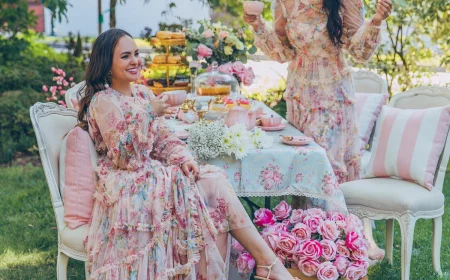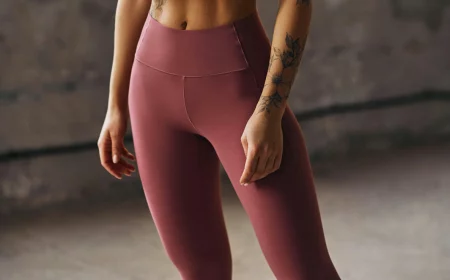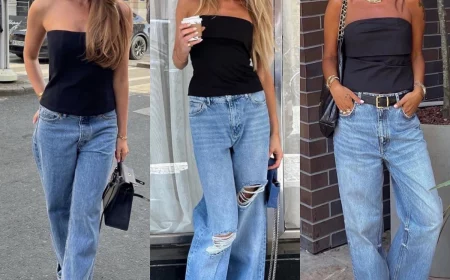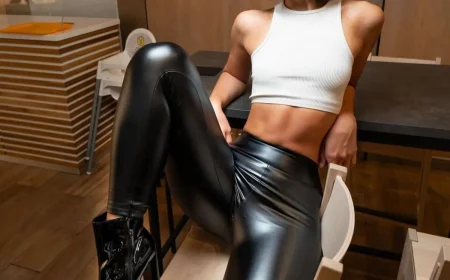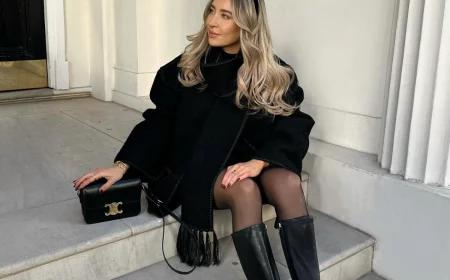Your Feet Deserve Better: The Real Guide to Summer Shoes That Actually Feel Good
I’ve spent years working as a foot and footwear specialist, and if there’s one thing I’ve learned, it’s this: our feet take a serious beating in the summer. We’re more active, out and about, yet we often stuff our feet into the flimsiest, least supportive shoes imaginable. It’s a recipe for disaster I’ve seen time and time again.
In this article
So, let’s have a real talk. This isn’t about chasing fast-fashion trends that are here today and gone tomorrow. It’s about building a foundation for a comfortable, pain-free summer, starting from the ground up. We’re going to dive into what makes a great summer shoe, from the materials to the fit, so you can find styles you love that also love your feet back.
Quick gut-check: Go grab your most-worn pair of sandals. Right now. Got them? Okay, now try to fold them in half, heel to toe. If it folds up like a piece of paper with almost no resistance, it’s probably doing more harm than good. Time for an upgrade.
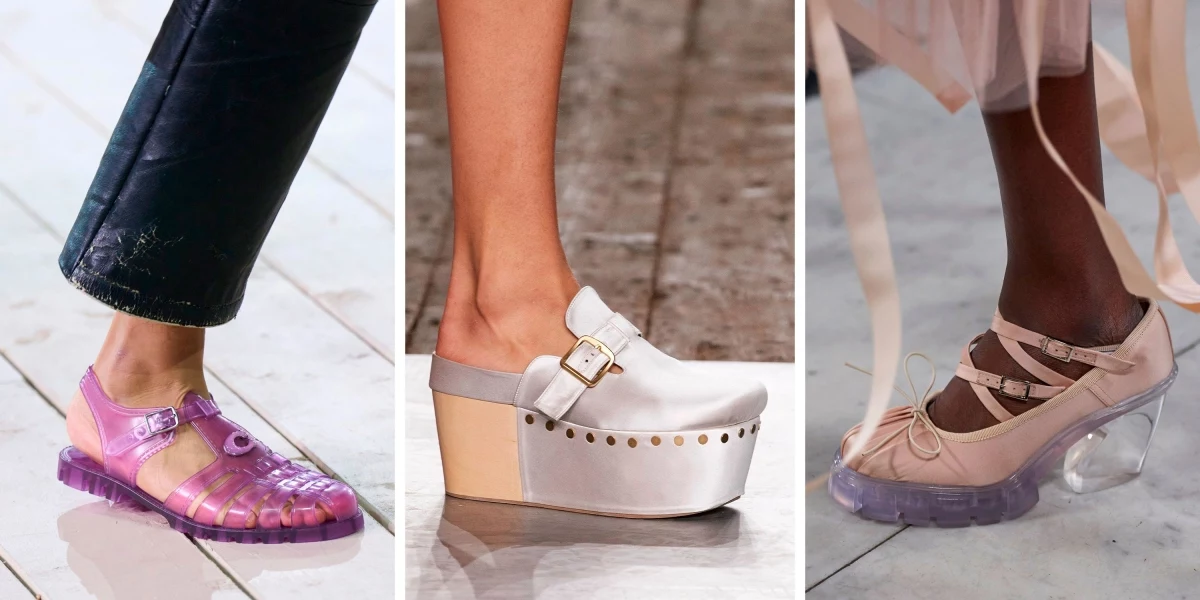
Why Your Shoes Suddenly Feel Awful in July
Before we even talk about specific shoes, you need to understand what your feet are up against when the temperature climbs. Honestly, ignoring this stuff is why so many people end up with aching feet by August.
Heat, Gravity, and the Afternoon Swell
Ever notice your shoes feel fine in the morning but are painfully tight by dinner? You’re not imagining it. When you get hot, your body widens your blood vessels to cool down. Gravity then does its thing, pulling all that extra fluid down into your feet and ankles, causing them to swell. It’s totally normal, and it can easily make your feet a half-size bigger.
Because of this, here’s my number one rule: ALWAYS shop for shoes in the late afternoon or evening. Trying on shoes at 10 AM is a classic mistake. When you find a pair you like, make sure there’s about a thumb’s width (roughly half an inch) of space between your longest toe and the end of the shoe. That little bit of wiggle room is your best defense against blisters and pressure sores when the afternoon swell hits.
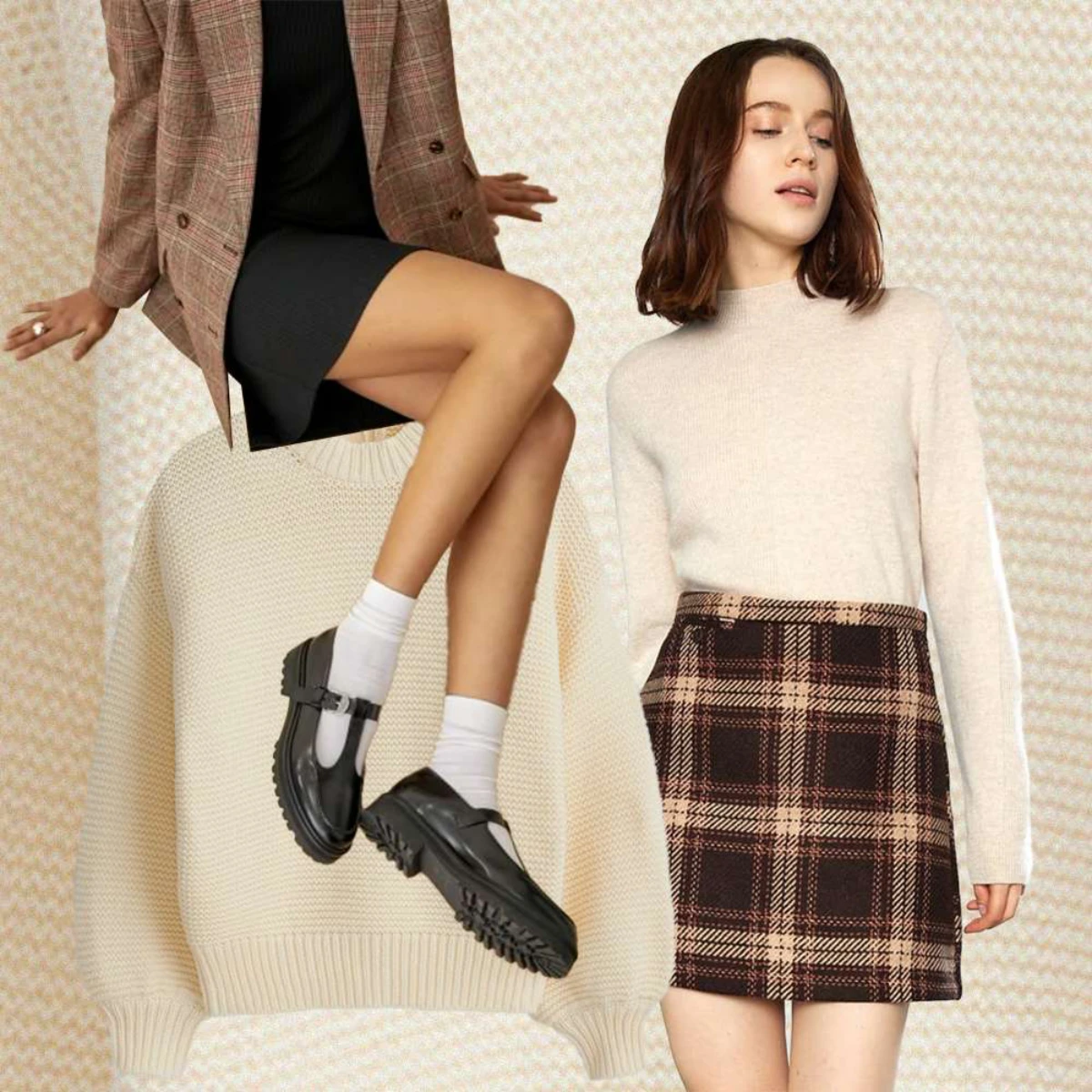
Let Your Feet Breathe: A Guide to Materials
Your feet have a ton of sweat glands—about a quarter-million of them. In the summer, they’re working overtime. The material of your shoe is what decides whether that moisture escapes or turns your shoe into a swamp. Trapped moisture is the number one cause of blisters and, frankly, creates a perfect breeding ground for fungus. Yuck.
Here’s a breakdown of what to look for:
- Natural Leathers: Full-grain leather is the gold standard for a reason. It’s naturally porous, so it breathes, and it will slowly mold to the unique shape of your foot. It’s a fantastic investment for both comfort and longevity.
- Suede and Nubuck: These are basically leather’s softer cousins. They feel great and are very breathable, but they’re a magnet for stains and water damage. Heads up: you absolutely need to pre-treat them with a protective spray. Look for a silicone-free spray, as silicone can trap moisture and defeat the purpose of a breathable material.
- Canvas and Cotton: Lightweight, breathable, and perfect for a casual look on dry days. The main downside? They offer very little structural support and are terrible in the rain.
- Synthetics (aka ‘Vegan Leather,’ Plastic): I’m just going to be blunt here—most synthetic materials are terrible for your feet. Polyurethane (PU) and PVC are essentially plastics that don’t breathe at all. Wearing them is like wrapping your feet in plastic bags. While they’re cheap, I’ve seen some nasty cases of blisters and skin reactions from them. The low price tag often isn’t worth the high cost to your foot health.
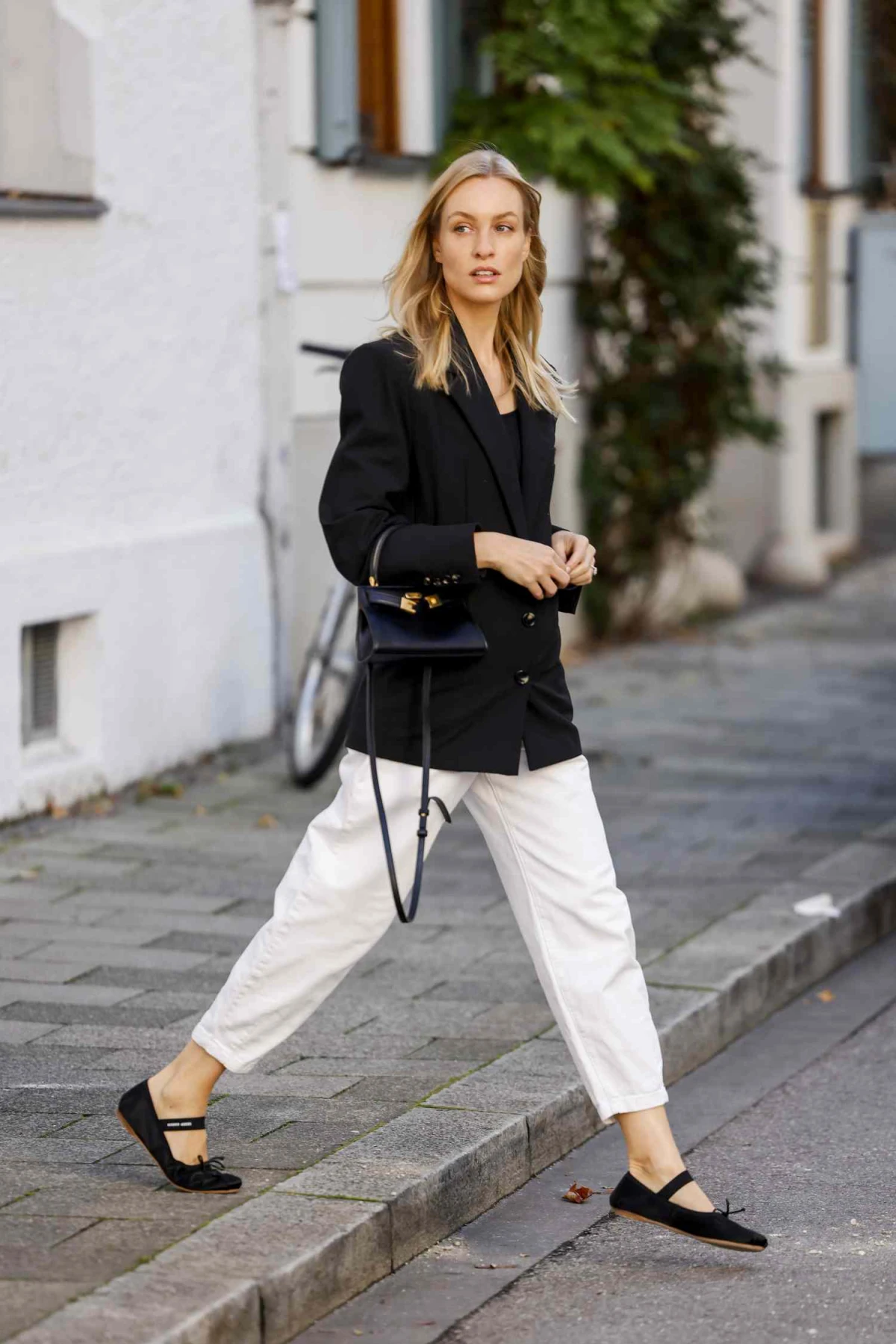
Arch Support: The Unsung Hero of Summer
By far, the most common problem I see linked to bad summer shoes is plantar fasciitis. That’s that sharp, stabbing pain in your heel, especially when you first get out of bed. It’s caused by inflammation in the tissue that runs along the bottom of your foot. Flat, flimsy sandals with zero support let your arch collapse with every step, overstretching and aggravating that tissue.
A good shoe should have a contoured footbed that supports the natural curves of your foot. It should bend where your foot bends—at the ball—not in the middle of the arch. If you can fold a shoe in half, it’s a recipe for pain.
A Pro’s Look at Popular Summer Shoe Styles
Okay, let’s get into the specifics. Here’s my take on some classic summer styles and what to look for—and what to run away from.
The Open-Toed Sandal
The quality of sandals out there is all over the map. A good one can be a dream; a bad one is a nightmare.
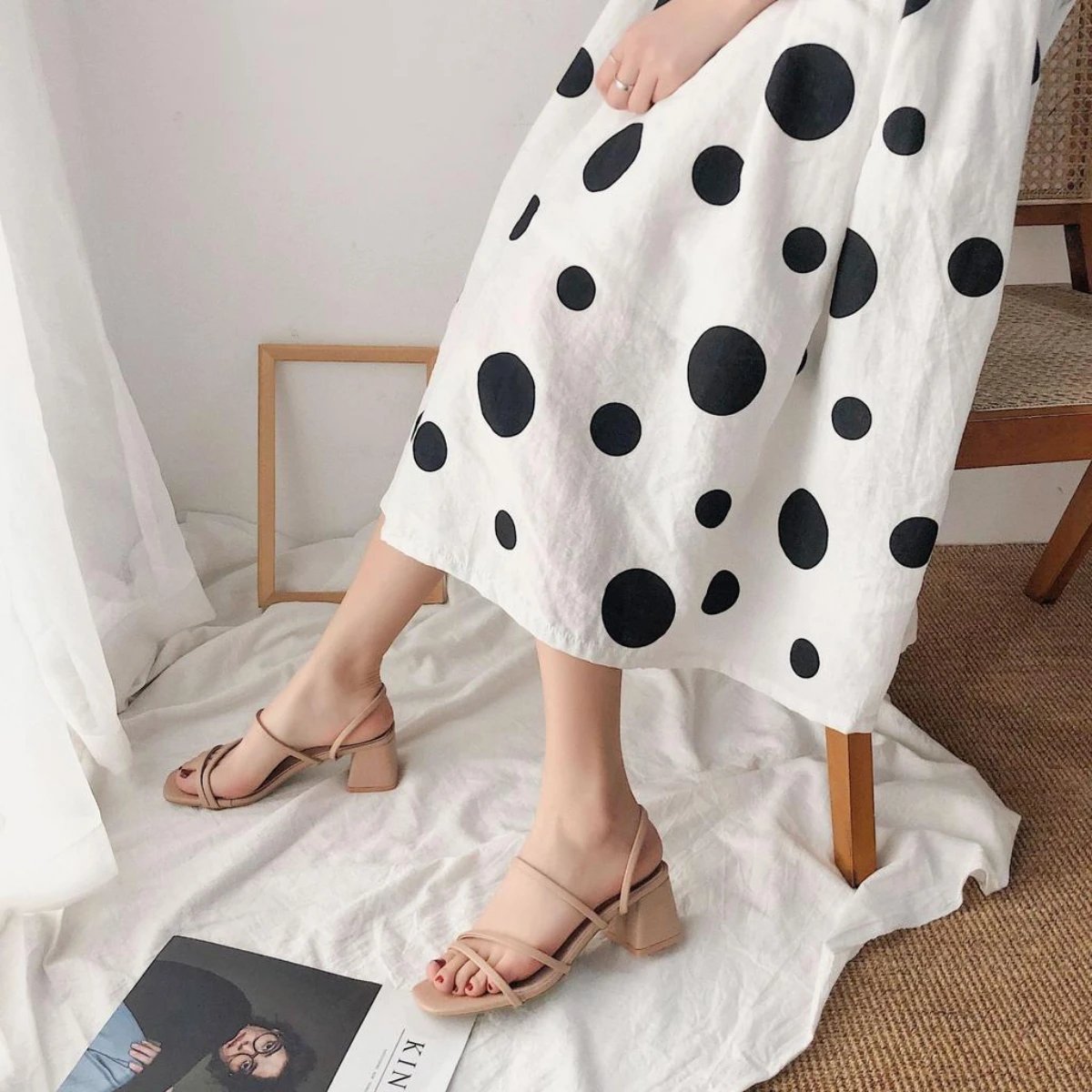
- The Non-Negotiable Heel Strap: Seriously, if you plan on walking for more than five minutes, you need a sandal with a strap around the heel or ankle. Classic flip-flops force your toes to grip the shoe with every step just to keep it on. This can lead to all sorts of issues down the line, like hammertoes and tendonitis. A strap lets your foot relax and move naturally.
- The Footbed is Everything: Look for footbeds made of cork or molded rubber that have obvious arch support. Brands like Birkenstock and Vionic have built their reputations on this. Expect to spend between $80 and $150 for a quality pair that will last for years. And check the sole! It needs to have some grip. I once had a client break her wrist after slipping on a wet floor in sandals with a smooth, hard plastic sole.
- A Word on Straps: Those cool, wide, or strappy designs can look amazing, but run your fingers along the inside. Are they backed with soft leather or microfiber? Or is it just raw, stiff material that will chafe your skin raw? Also, pay attention to where the straps hit. If one cuts right across a bunion or the widest part of your foot, it’s a guaranteed no-go.
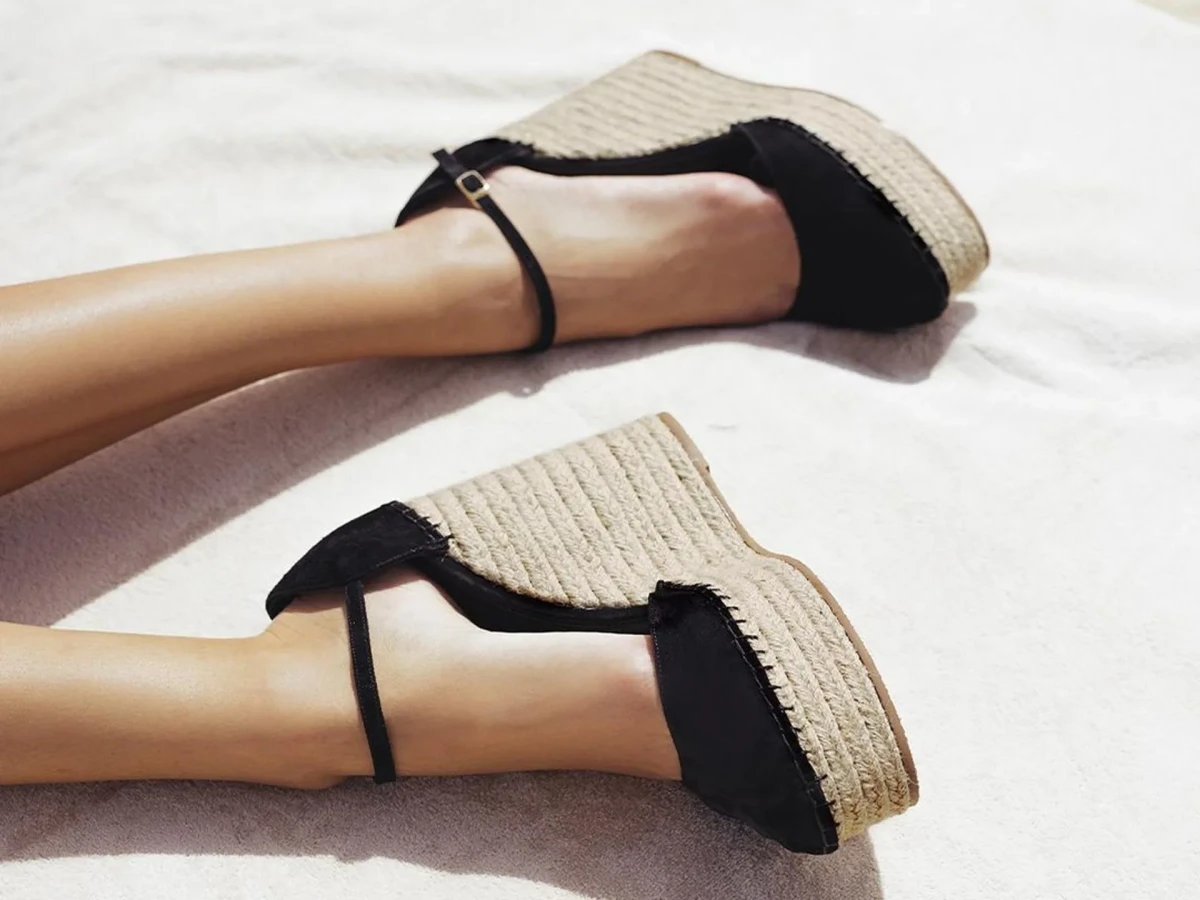
The Wedge Heel
Wedges get marketed as a comfy alternative to heels, which is only partly true. Yes, they distribute your weight over a larger surface area, which is better than a stiletto. But the devil is in the details.
The most important factor is the ‘pitch’—the actual height difference between your heel and the ball of your foot. A 4-inch wedge with a 1-inch platform still puts your foot at a 3-inch incline. That’s a ton of strain on your Achilles tendon. For all-day comfort, I recommend keeping the pitch under 1.5 inches.
Safety Warning: The biggest risk with wedges is ankle stability. You’re basically walking on a rigid, inflexible plank. One wrong step off a curb, and you can easily roll your ankle. I’ve seen some serious sprains and even fractures from this. Look for wedges with a wider base for better stability.
The Ballet Flat
I know, I know, they’re a timeless classic. But most of them are absolutely terrible for your feet—they’re often just a thin piece of sole with no support, basically like walking on cardboard.
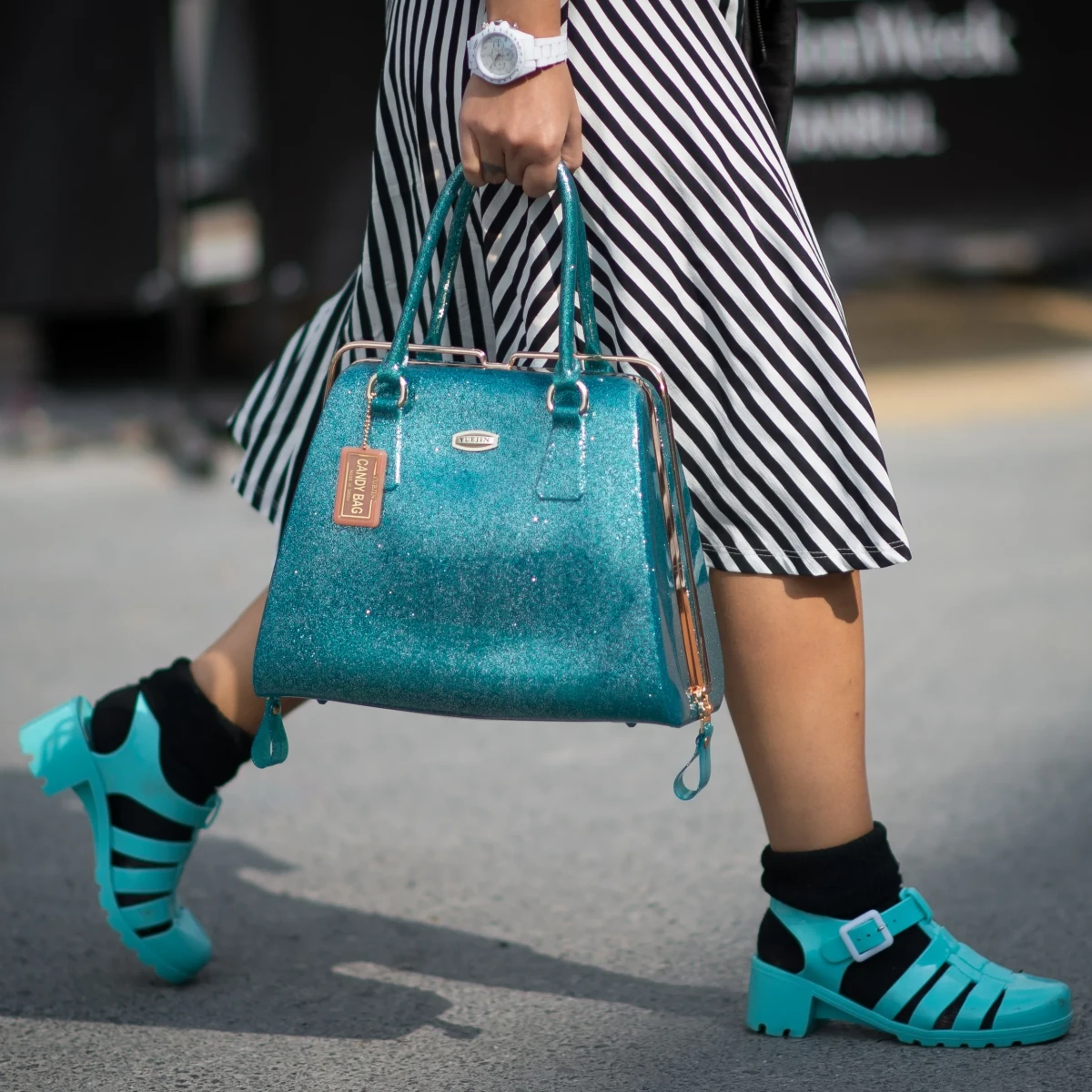
But you don’t have to give them up! Look for flats that have a tiny hidden wedge (even a quarter-inch helps) and, most importantly, a cushioned, removable insole. This is the mark of a better shoe. It means you can add your own support if needed. Brands like Alegria or Dansko are masters at creating comfortable, supportive flats that don’t scream ‘orthopedic’.
‘Jellies’ and Other All-Plastic Shoes
From a foot health perspective, these are a hard pass. They might seem fun for the beach, but they create a perfect storm for foot problems. Plastic traps sweat, which softens the skin and makes it incredibly prone to deep, painful blisters. It’s also an ideal environment for fungus to grow. My professional advice? Treat them like water shoes only. Wear them at the pool or beach, and take them off as soon as you’re done. Then wash your feet and the shoes.
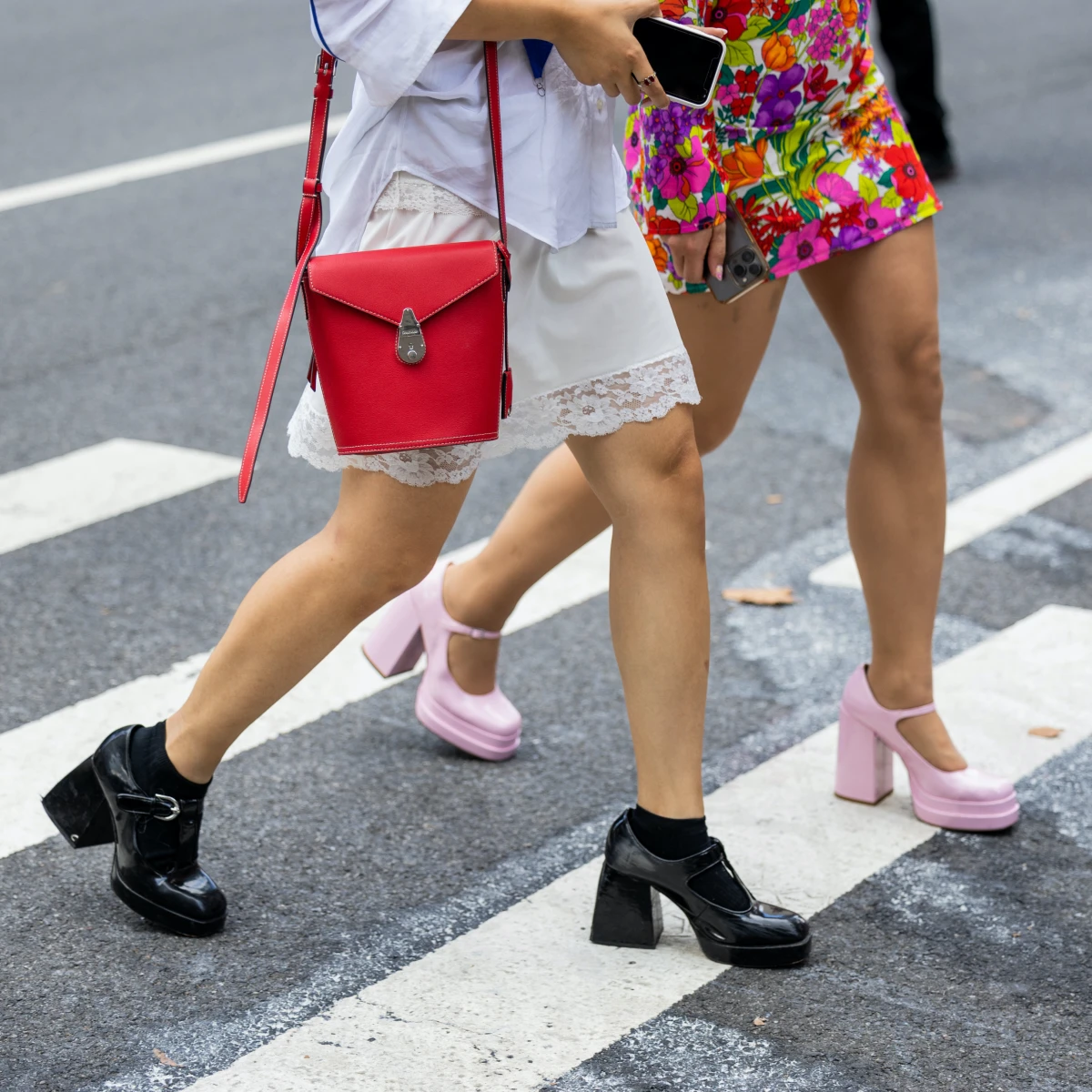
The Summer Sneaker
A great option for summer, as long as you choose wisely. Look for sneakers made from breathable materials like canvas, knit mesh, or perforated leather. A good pair of supportive, breathable sneakers from a brand like Ecco will probably run you $100 to $180, but they’re a solid investment.
And please, for the love of all that is holy, wear socks. It’s a myth that going sockless is cooler. A good moisture-wicking sock (made of merino wool or a technical blend, not cotton!) pulls sweat away from your skin, keeping you way more comfortable and preventing blisters and odor.
My Pro Tips for Fitting and Care
Buying good shoes is the first step. Making sure they fit perfectly and caring for them properly is how you get your money’s worth.
Your Personal Shoe-Shopping Checklist
Take this with you next time you go shoe shopping. You can even screenshot it on your phone!
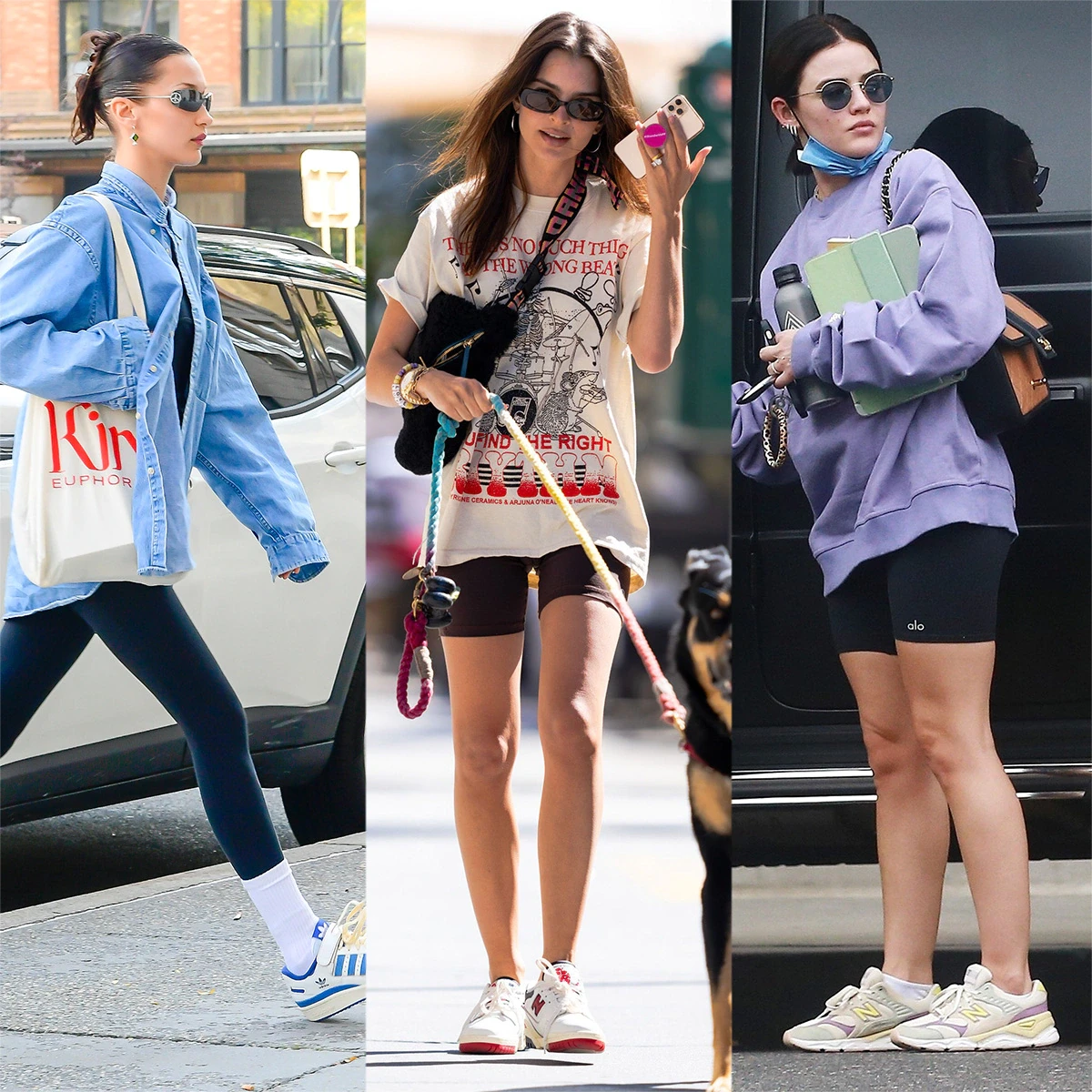
- Go in the afternoon: Remember the swell!
- Measure both feet: Always fit your larger foot.
- Bring your gear: If you wear orthotics or specific socks, try on shoes with them.
- Do a walk-around: Stand up and walk around the store for a few minutes. Don’t just sit. Check for any pinching or heel slippage.
- The Rule of Thumb: Ensure a half-inch of space in front of your longest toe.
Making Your Shoes Last
Good care can easily double the life of quality shoes.
- For Leather: After cleaning with a damp cloth, use a quality cream-based polish to restore moisture, not just a waxy one that only shines.
- For Suede: Get a dedicated suede brush and eraser from a shoe store or online for about $10. They’re lifesavers for smudges.
- For Canvas: Use a soft brush with cool water and a tiny bit of mild detergent. Stuff them with paper towels to absorb water and hold their shape while they air dry. Never, ever put them in the dryer!
- Lesser-Known Trick for Stiff Leather: Got some beautiful traditional leather sandals that are a bit stiff? Here’s my secret: wear them around the house with a pair of thick, chunky wool socks for about 20-30 minutes at a time. The sock protects your foot from blisters while the heat from your foot and the slight stretch from the sock helps the leather mold perfectly to your shape.
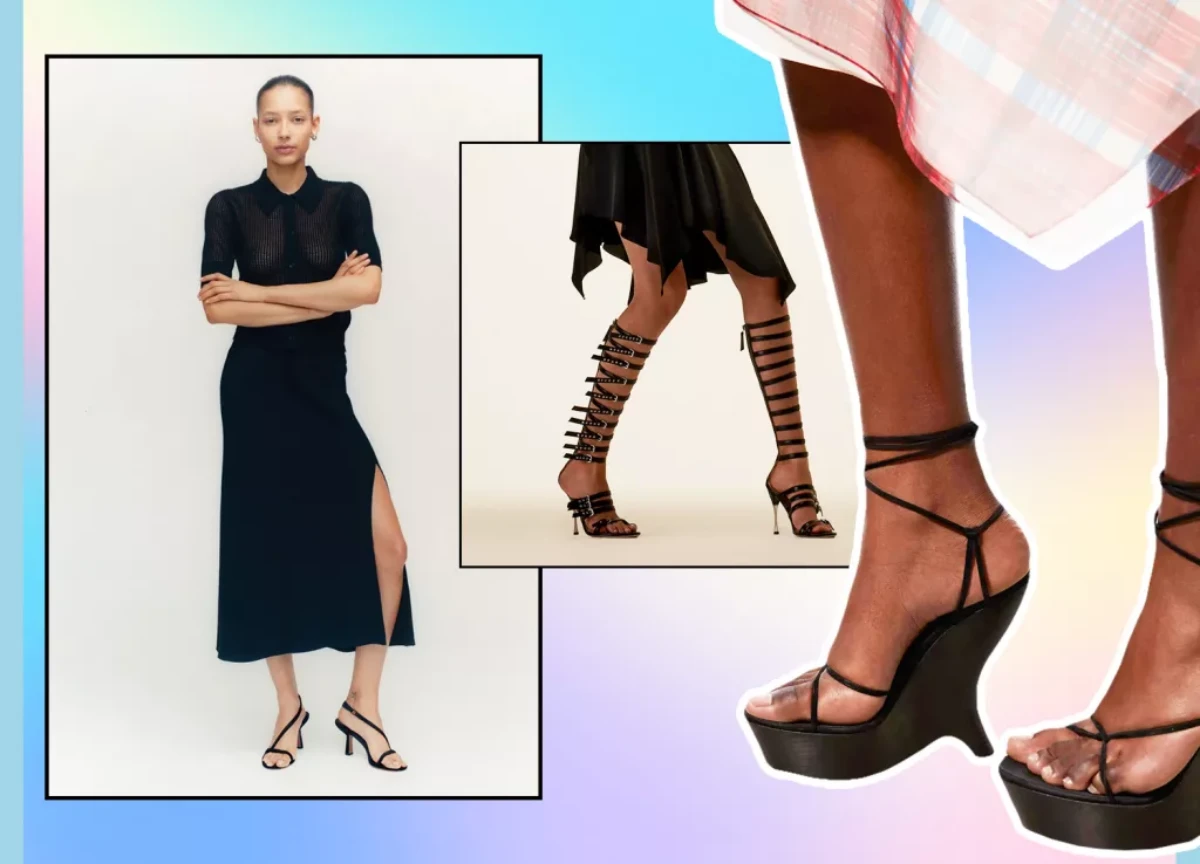
A Final, Important Word
Your shoe choices have real consequences for your health. I have to be direct about this.
A Critical Warning: If you have diabetes, neuropathy (nerve damage), or poor circulation, please be extra careful. A small blister can become a very serious problem for you. Look for shoes with soft, seamless interiors and check your feet daily for any red spots or sores. It’s vital to get regular check-ups with a podiatrist or certified footwear specialist.
And remember, this guide is for general info. If you have persistent foot, ankle, or even back pain, it’s your body telling you something is wrong. Go see a medical professional.
Finally, think about the true cost. A cheap, $30 pair of sandals might seem like a bargain, but it could lead to a $500 podiatry bill for plantar fasciitis. A well-made, supportive shoe for $150 might seem pricey upfront, but it could last five seasons and save you a world of pain. Investing in your health is always a smart decision. Take care of your feet, and they’ll carry you through many happy summers to come.
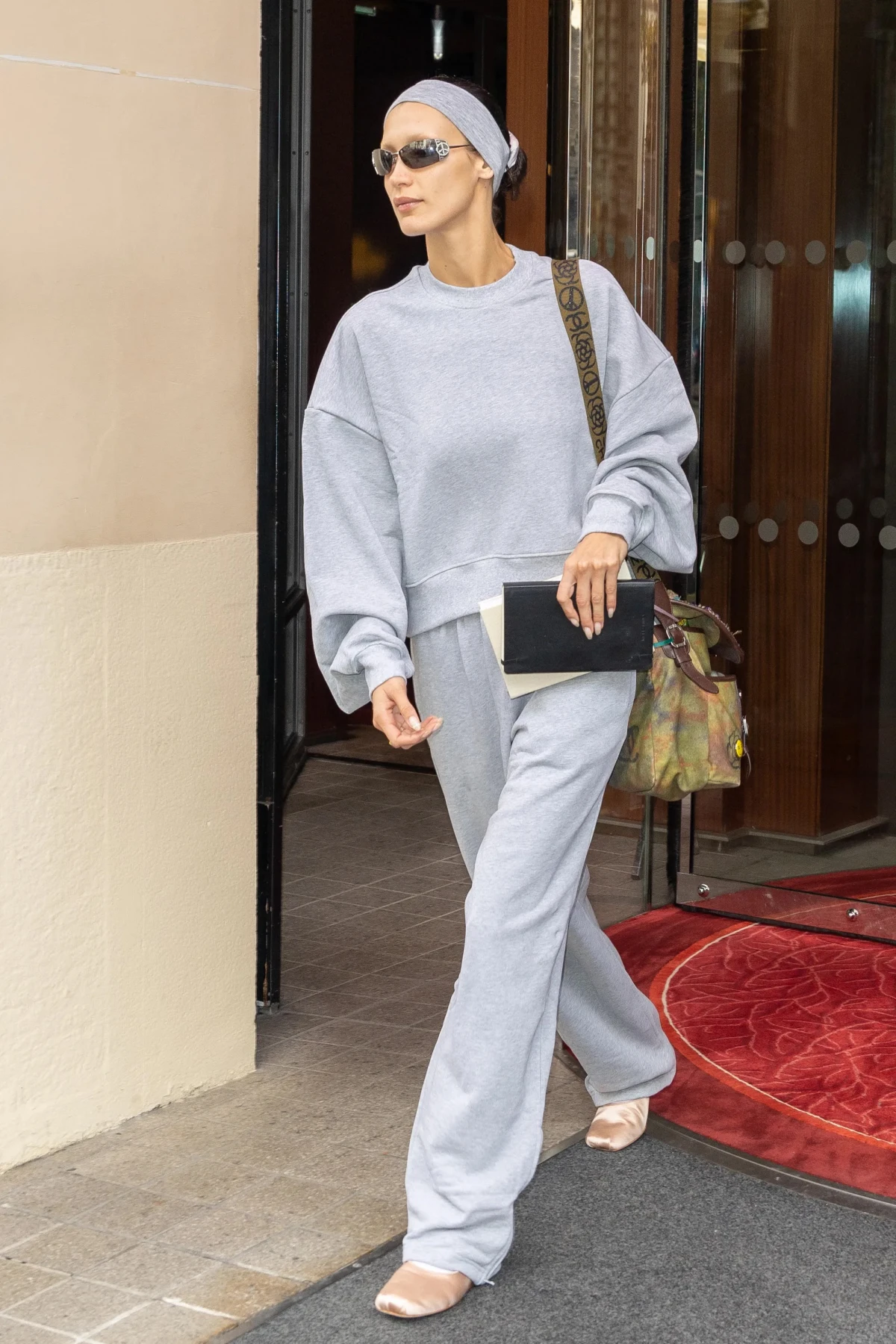
Inspirational Gallery
The average person will walk around 110,000 miles in their lifetime—that’s more than four times around the earth.
This incredible journey starts with proper support. Investing in a summer shoe with a good foundation isn’t a luxury; it’s essential maintenance for your body’s primary vehicle. Think of it as choosing the right tires for a long road trip.
The Fisherman Sandal Comeback: This season’s trending fisherman sandal is a podiatrist’s quiet favorite. The woven or caged leather upper provides the stability of a closed shoe, preventing your foot from sliding forward, while still offering the breezy ventilation of a classic sandal. Brands like Salt-Water Sandals or Dr. Martens offer durable, foot-friendly versions.
Can I wear orthotics with summer shoes?
Absolutely, but you need to choose your shoes wisely. Look for sandals with a removable footbed, a feature common in brands like Naot, Abeo, or Finn Comfort. This allows you to slip in your custom or over-the-counter orthotic without sacrificing style. Another great option is sandals with a deep heel cup and a supportive arch, which can sometimes provide enough support on their own.
When shopping for that perfect walking sandal, go beyond looks. A truly functional pair should have:
- At least two adjustable straps (around the ankle and over the forefoot) to accommodate swelling.
- A contoured footbed that mirrors the natural shape of a foot, not a flat one.
- A sturdy, non-slip rubber outsole with decent grip, like the ones found on Teva or Chaco models.
Cork Footbeds: They feel firm at first, but the magic is in the break-in period. The natural cork, often mixed with latex and covered in suede like in classic Birkenstocks, gradually molds to the specific contours of your foot. This creates a custom-like fit that provides firm, personalized arch and heel support that foam-only soles can’t replicate.
- They reduce strain on the Achilles tendon.
- They provide a more stable walking base.
- They distribute body weight more evenly across the foot.
The secret? A subtle heel. A completely flat shoe can be just as problematic as a high heel. Look for a summer shoe with a slight heel-to-toe drop (around 1 to 1.5 inches) to give your foot a more natural and supported posture.
Important point: Don’t throw out your flimsy flip-flops just yet! While they aren’t built for walking all day, they’re perfectly fine for short-term use where you won’t be on your feet for long, like at the pool or on the beach. The key is to match the shoe to the activity.
The timeless espadrille, with its origins in 14th-century Spain, is a masterclass in summer-ready materials. The secret lies in its sole made of jute rope, a natural plant fiber that is incredibly breathable and excellent at absorbing moisture, keeping your feet dry and comfortable even on the most humid days. The classic canvas upper is just as airy, making it a perfect, stylish alternative to synthetic materials.
Leather Uppers: More breathable and forgiving than synthetic alternatives. Over time, leather will stretch and mold to your foot’s unique shape, reducing friction points.
Synthetic Uppers: Often more water-resistant and affordable, but can cause feet to sweat and are less likely to adapt to your foot, increasing the risk of blisters.
For all-day wear, natural leather is usually the superior choice for comfort.
According to the American Podiatric Medical Association (APMA), a common mistake is wearing the same pair of shoes every day.
Giving your summer shoes at least 24 hours to dry out completely between wears is crucial. This not only prevents the growth of odor-causing bacteria but also allows the shoe’s cushioning materials to decompress and regain their supportive shape, extending both their life and their comfort.

